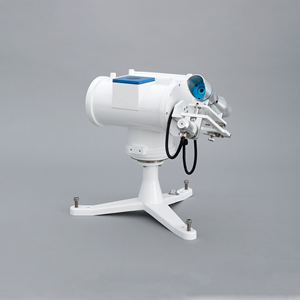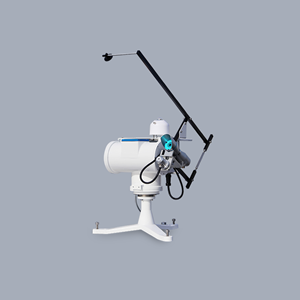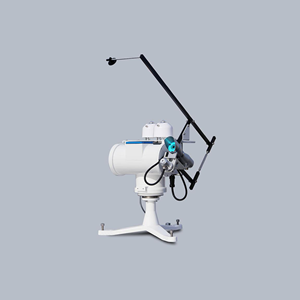Photovoltaic energy production
Solar radiation is not only the driving force behind the Earth’s weather phenomena, it also drives photovoltaic energy production. One day of solar energy received by the Earth exceeds the amount of worldwide energy consumption per year. Exploring this merely inexhaustible source of energy - either by direct transformation of radiant energy into electricity or by indirect energy production via wind, waves, etc. - seems to be the obvious way to go. In this context, solar radiation measurements are of primary interest for applications like site-specific solar resource assessments, PV performance evaluation, solar resource forecasting, and so on. However, as with most real-world measurement systems, the difficulties are in the details. Reliable and accurate radiation measurements need some knowledge and attention: think of environmental influences (wind, rain/snow, soling), re-calibration (bi-annually), not to mention data processing, spectral effects, etc. The remaining part of this article intends to give you some background information and best-practice recommendations.
Basically, accurate and precise solar radiation measurements are obtained using two components: a suitable pyranometer and an adequate data logger. In some cases, mostly for dedicated scientific research, reference cell can be used in parallel to pyranometers. But reference cells are also widely used to measure solar radiation as if it were broad band radiometers. For such a use, however, there remains an issue with the spectral selectivity of reference cells. A pyranometer having a flat broad-band spectral response measures the incoming solar radiation homogeneously but reference cells are confined to their band-gab specific sensitivity so that reference cells will not measure solar radiation equally and homogeneously like pyranometers.
As mentioned above, radiation sensors are physical instruments that provide accurate measurements if some basic recommendations are followed. Every user of radiation sensors needs a reasonable awareness of their measurement quality. By taking into account some simple rules the data product generated by the radiometer will fulfil its need for your application more than enough.

Key component of the PV evaluation system
To summarize, evaluation or monitoring of PV systems virtually always require accurate knowledge of the incident radiation. Therefore the radiation sensor is a key component of the PV evaluation system which directly reveals the efficiency of the entire PV installation. Radiation measurement equipment deserves therefore reasonable attention. Any type of radiation sensor has its legitimation as long as the purpose of it corresponds to the application and if it is maintained properly.
HOW-TO Application Guide
-
Applicable norms or regulations
Verify if the radiation measurement is described in applicable norms or regulations; there is a reason why those instructions give guidelines for radiation measurements; take these considerations into account when choosing your radiometer system.
-
Quality of the radiometer
Determine which data quantity you will need: daily totals or one minute values or something in between. The shorter the timing, the higher the quality of the radiometer must be. There is an ISO classification for pyranometers which is widely used and which states useful information about instruments and accuracies (see IEC 61724-1, ISO 9060, look also at “CIMO Guide”, publication WMO-No. 8).
-
Sensor redundancy
Will you have data redundancy, meaning that more than one instrument is available to measure the same kind of radiation quantity? This significantly increases the quality of the measurements as any irregularities can be discovered quickly. Multiple sensors per site provide valuable information about the energy distribution.
-
Maintenance
Take care about data quality and instrument maintenance, such as cleaning, re-calibration, etc. It is very important not to lose sight of your radiation sensors: no instrument works well when its soiled or polluted. Furthermore, re-calibration is a logical, recurring necessity. The long term stability of the EKO sensors (MS-80 and MS-57) was improved and have a 5 year recommended re-calibration interval.





















